© ROOT-NATION.com - Use of content is permitted with a backlink.
I might be cursed. Every time I hear about a new browser, I feel compelled to try it. While others stick with Chrome for years, I keep hopping from one to another — Arc to Orion, Orion to SigmaOS, SigmaOS to Zen… and now, I’ve come across Surf. It’s still in its alpha stage, but I managed to get my hands on it.
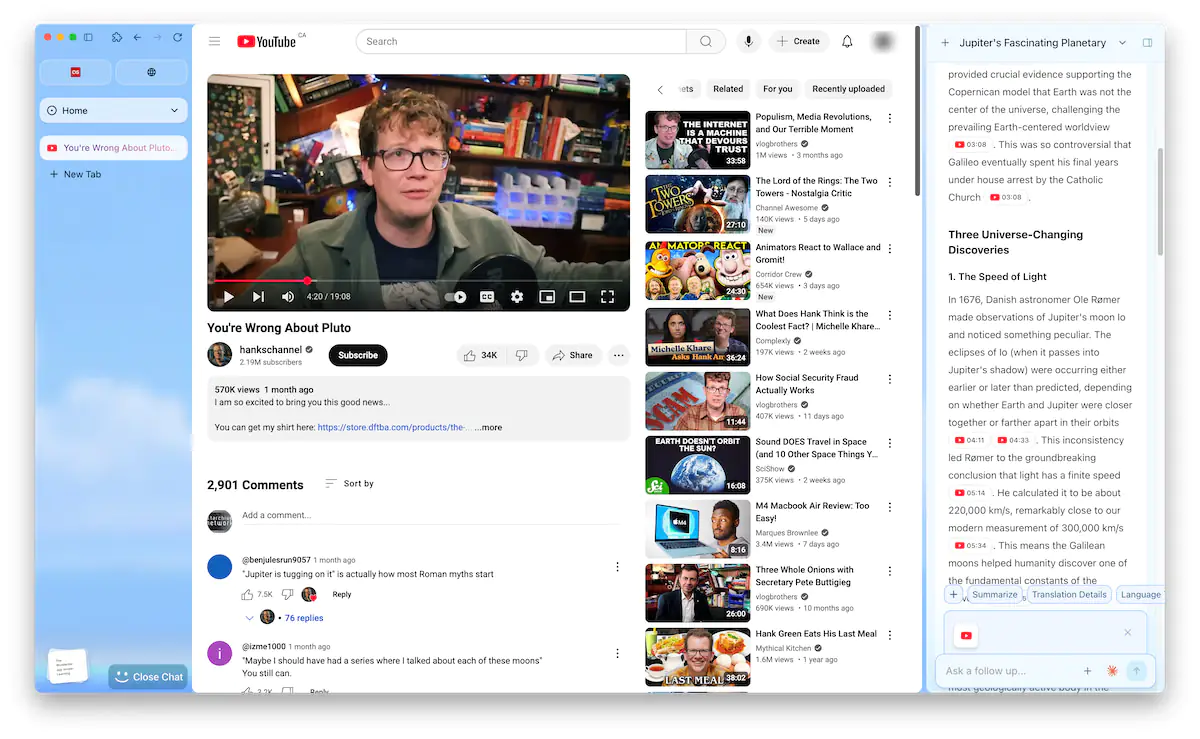
By 2025, no one is surprised by AI-powered browsers. Arc once tried to stand out with its AI features, but its experiments with large language models (LLMs) didn’t lead to anything groundbreaking — though it remains one of the better options on mobile. Even The Browser Company has seemingly moved on, shifting its focus to something even more ambitious (or ambiguous) called Dia. Meanwhile, other companies continue looking for ways to integrate AI in a way that’s not just functional but also profitable.
Deta, a startup from Germany, is one such company. Its browser, Surf, is built around the idea of deep AI integration with traditional browsing. But how does it actually work?
Understanding Surf isn’t straightforward. Even after watching introductory videos and reading early user impressions, I struggled to see why I’d need yet another Chromium-based browser — one I had sworn off using. But over time, it became clear that Surf isn’t designed for everyone. While Arc catered to creatives, students, and developers, Surf seems to target journalists, writers, and anyone who spends a lot of time researching online.
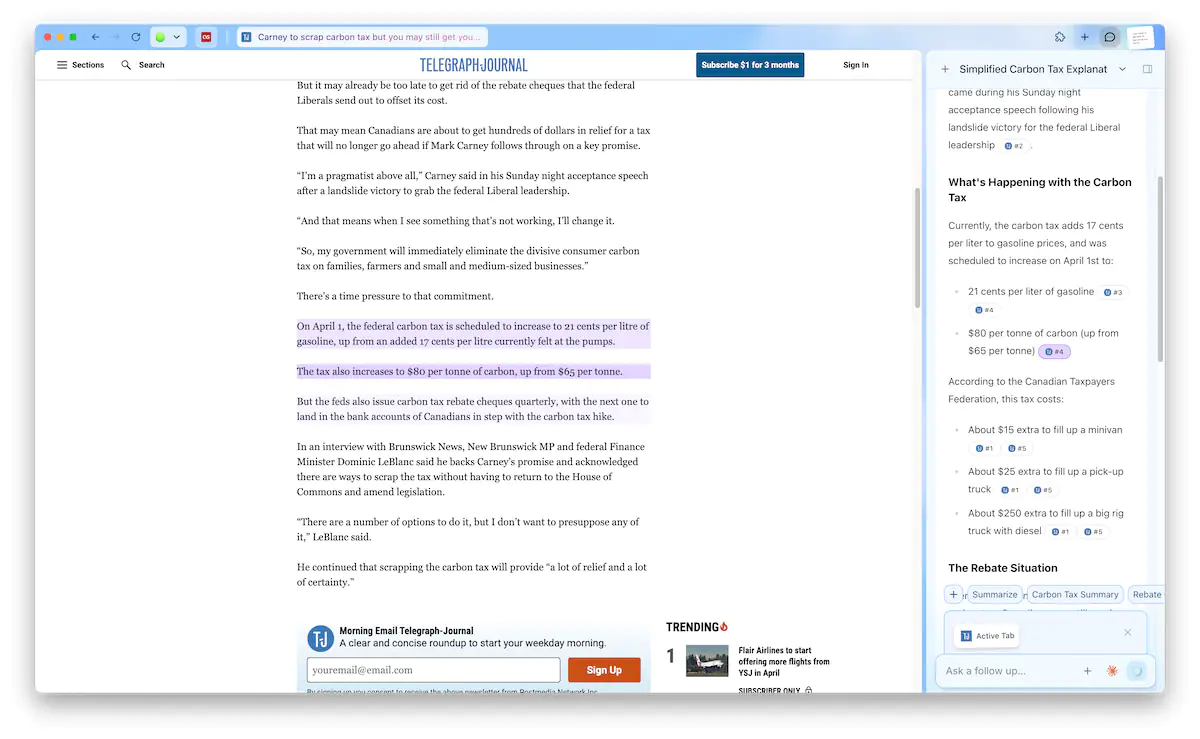
Surf’s core feature is its AI chatbot, which lives in a side panel and is always accessible. This might sound like Microsoft Edge’s Copilot, but it’s not just another repackaged ChatGPT. Instead, it functions as an integrated research assistant. The chatbot can access everything you have open — web pages, YouTube videos, PDFs, images, and notes. Ask it a question, and it won’t just generate an answer but also highlight where the information came from. If it’s from a video, it provides a timestamped link. If it’s from a webpage, it points to the relevant section.
Surf doesn’t promise to search the web for you. Instead, it helps you efficiently navigate your own files and references. Writers can use it to track characters and plot details, while journalists can verify sources without manually cross-referencing multiple documents.
You can even start writing within Surf’s notes feature, and the AI can expand on your draft using your existing content. By 2025, this kind of functionality isn’t new, but anyone who has used AI for research knows how unreliable it can be. Surf’s approach — ensuring the source is always accessible — makes a strong case for itself. That said, this is an alpha version, and not everything works as intended. For example, while Surf can scan pages for relevant information, the source-highlighting feature is inconsistent. Arc tried something similar, and it had the same reliability issues. PDF uploads also frequently resulted in errors. So, while Surf aims to improve research accuracy, it’s not yet a tool I can fully trust.
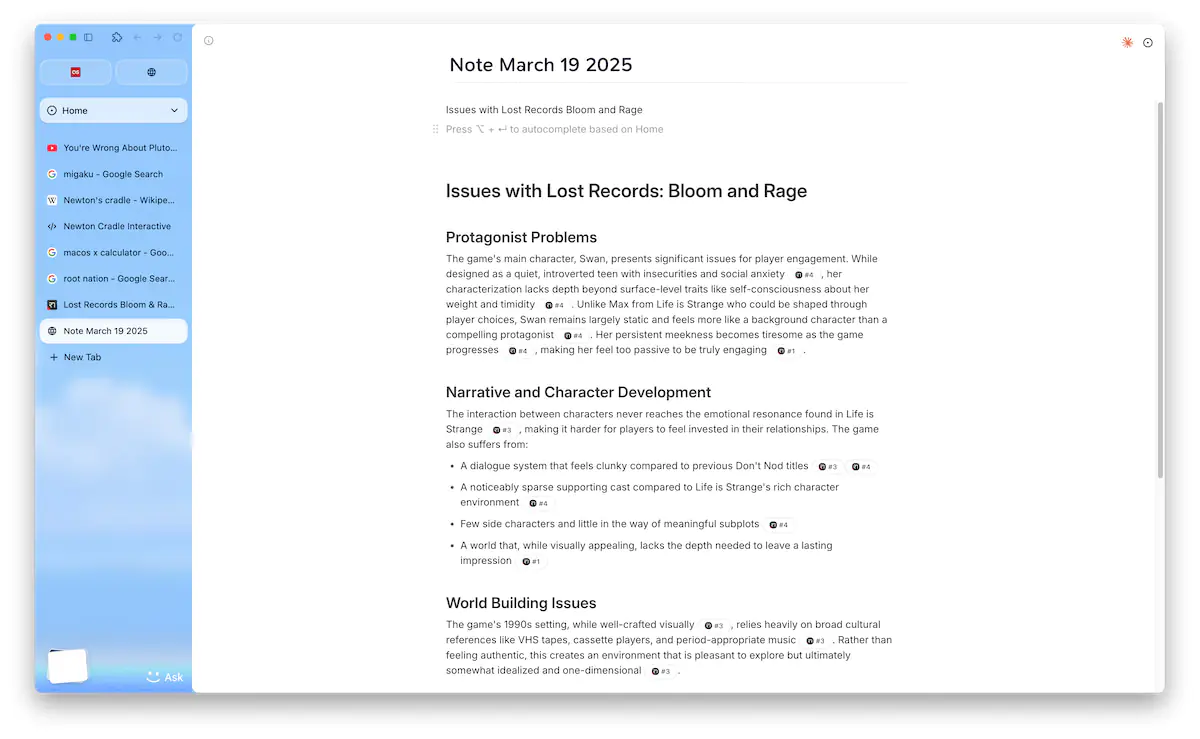
The concept of an AI assistant that consolidates and verifies information from my own files is genuinely useful. Right now, everything runs in the cloud, but Deta plans to introduce local processing in the future — an option that will appeal to privacy-conscious users.
Surf isn’t the only browser experimenting with AI-driven content interaction, but it’s one of the more seamless implementations I’ve seen. I tested it with Claude, though other AI models are available. The ability to ask specific questions about content and receive a well-referenced answer is a compelling feature.
Deta also pushes the idea of a browser as more than just a browser. Arc explored similar territory, and Surf follows suit, blurring the line between browser and operating system. It introduces “Stuff” (folders for organizing content) and desktop-like workspaces where users can pin images, videos, links, and widgets.
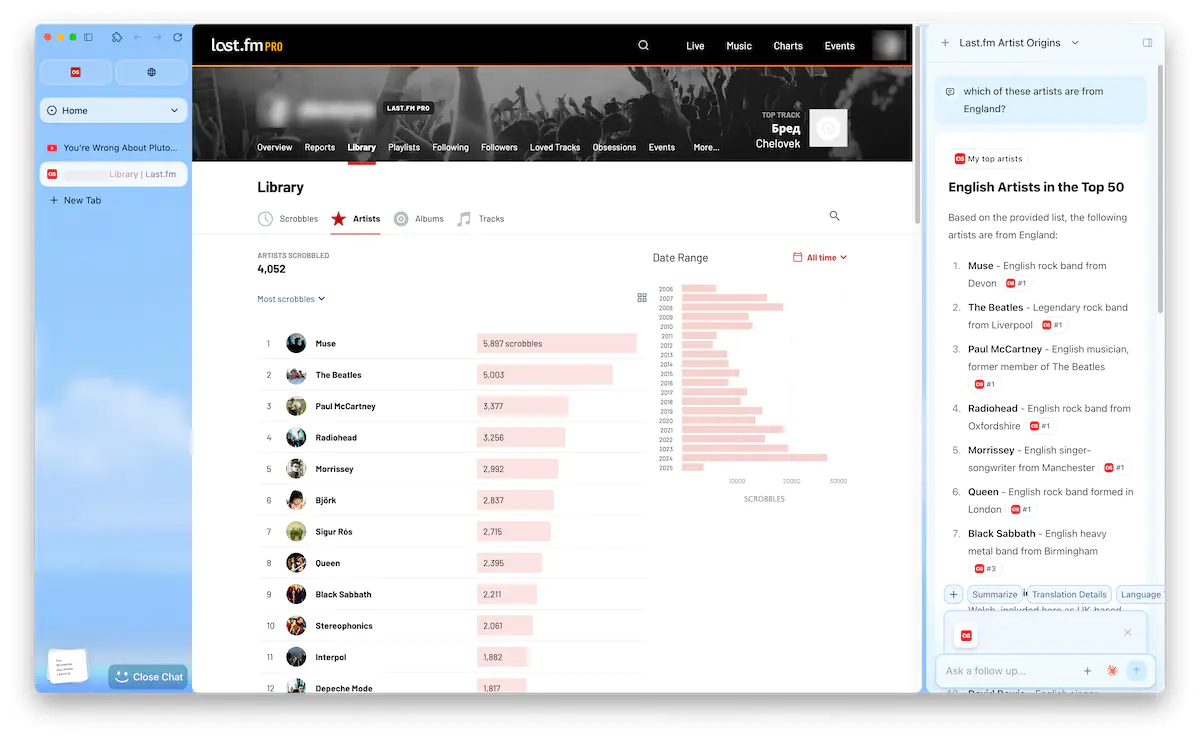
Where do these widgets come from? You create them. Or rather, you ask Surf to create them. These “Surflets” are mini-programs that can be placed on the browser’s workspace and dragged into notes. Examples include a calculator, a to-do list, or even a language translation widget. I experimented by generating a macOS X Tiger-style calculator, a calendar, and a widget that translates French words into English and Ukrainian — all from simple prompts.
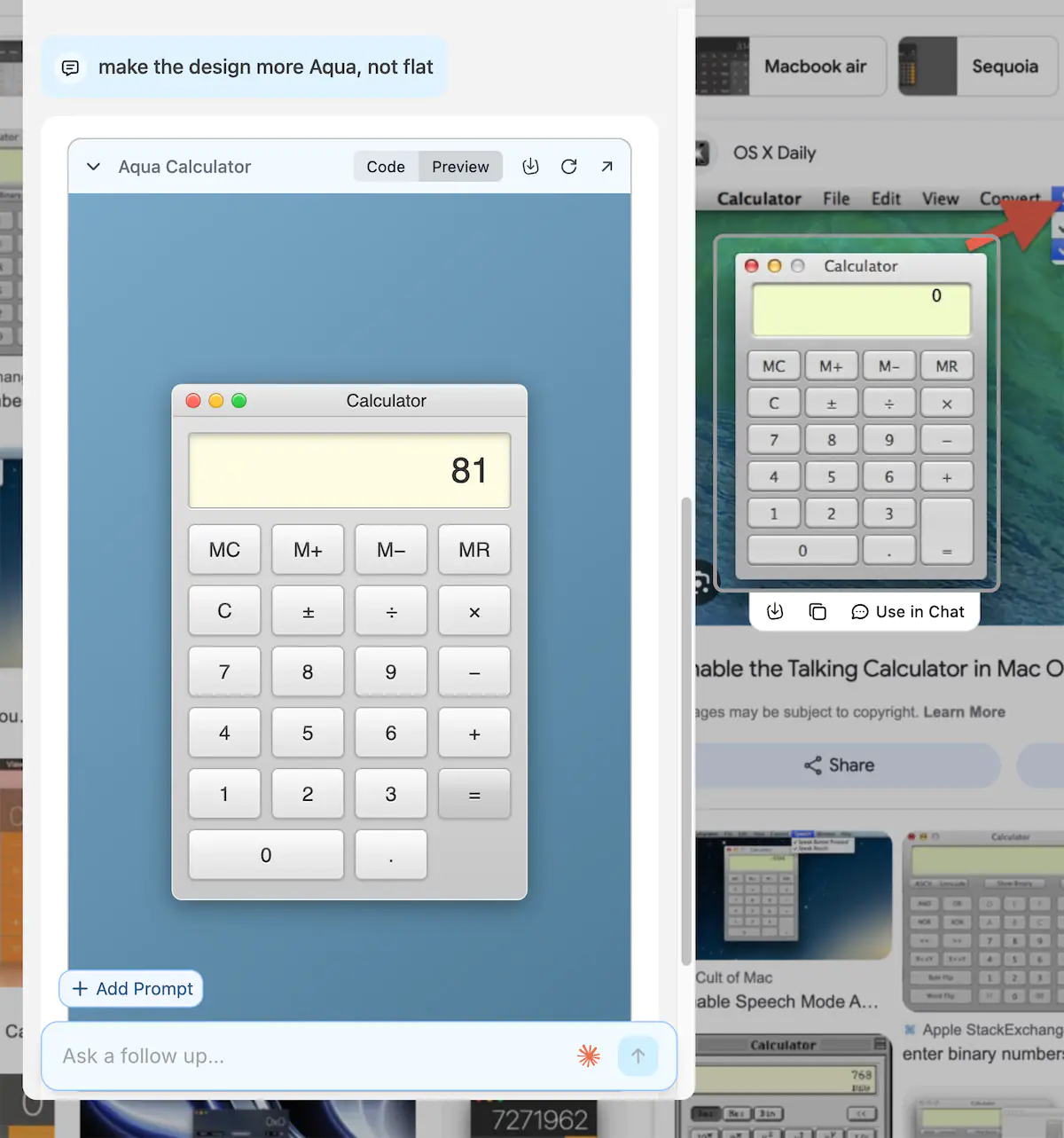
Are these browser-based widgets essential? Not really. But the flexibility and potential of this system are intriguing. Whether it’s practical for everyday users is another question. For now, it feels more like a sandbox for tinkerers rather than a polished productivity tool.
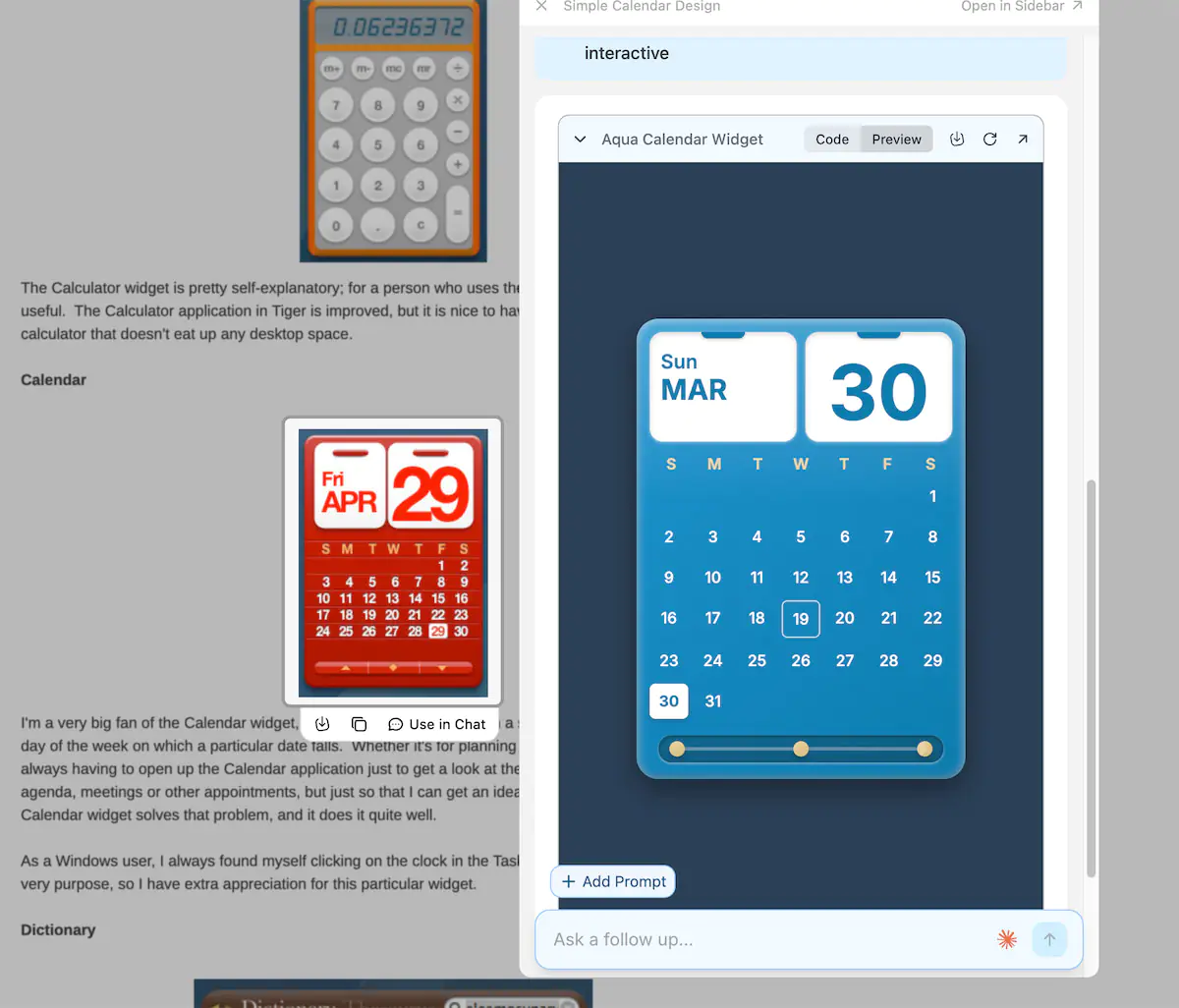
Surf still doesn’t feel like a full-fledged browser. Some of that is expected — this is an alpha release, after all. But beyond that, it still lacks core functionality. It’s built on Chromium, which isn’t ideal for everyone, and some websites don’t display correctly. Extension support is minimal, making it hard to use as a primary browser.
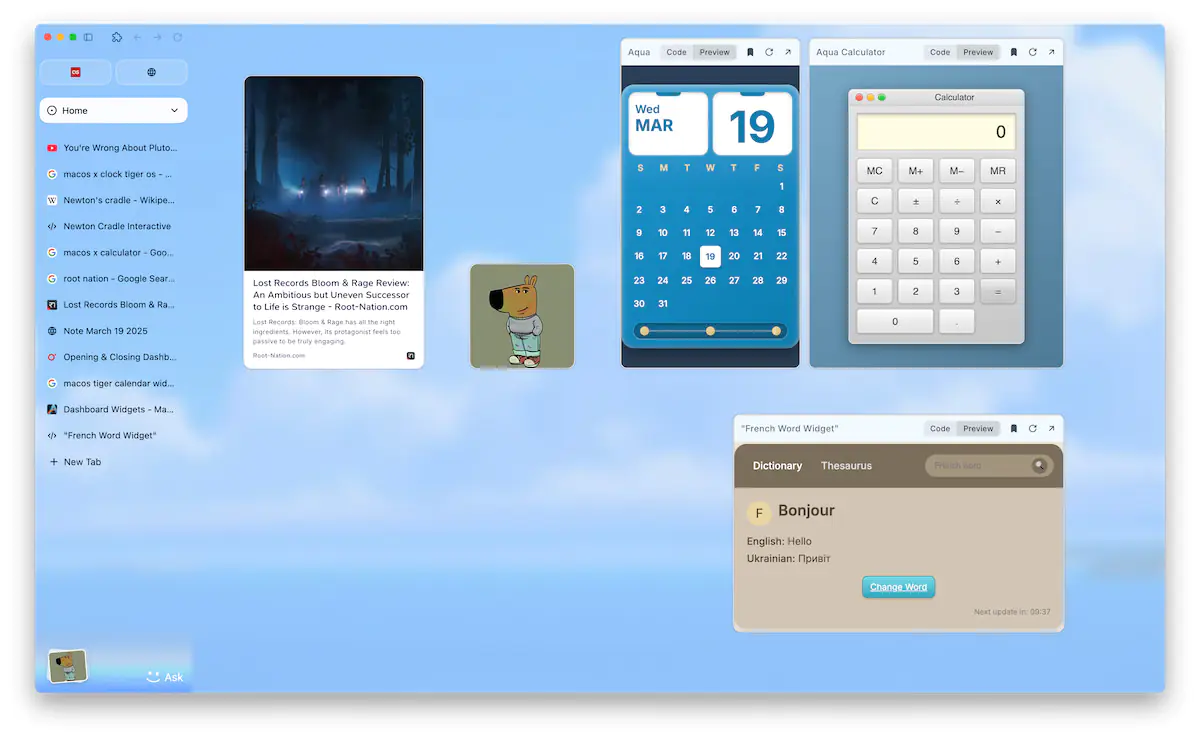
At times, Surf feels more like an AI experiment than a standalone product. The developers clearly enjoy creating innovative features, but the browser space is already crowded. Can Surf find a dedicated audience? The skeptic in me says no — not at a scale that would make it sustainable.
Deta is already thinking about monetization. AI features won’t remain free forever, though there’s hope that locally processed AI might not require a subscription. Even now, premium AI models are usage-limited. Meanwhile, upcoming competitors like Dia will likely bring similar AI functionality with much stronger marketing. OpenAI and Perplexity are also expanding their presence in the browser space, making it even harder for a small startup to compete.
Beyond AI, Surf doesn’t offer much that’s unique. Its interface closely resembles Arc, aside from the ability to arrange tabs vertically or horizontally. Some of its best features will inevitably be copied by larger players — just as Arc’s innovations were.
Final thoughts
Deta Surf is yet another so-called “Chrome killer” that’s unlikely to make a significant impact. While it introduces some genuinely interesting ideas, I don’t see myself paying for them in the future. AI-driven browsers have an inherent problem: they’re expensive to maintain. If free browsers like Firefox and Edge struggle to pull users away from Chrome, what chance does a paid alternative have?
Still, I’ll be keeping an eye on Surf. Maybe I’m wrong, and it will find its niche. But right now, Surf feels more like an ambitious experiment than a viable everyday browser.

